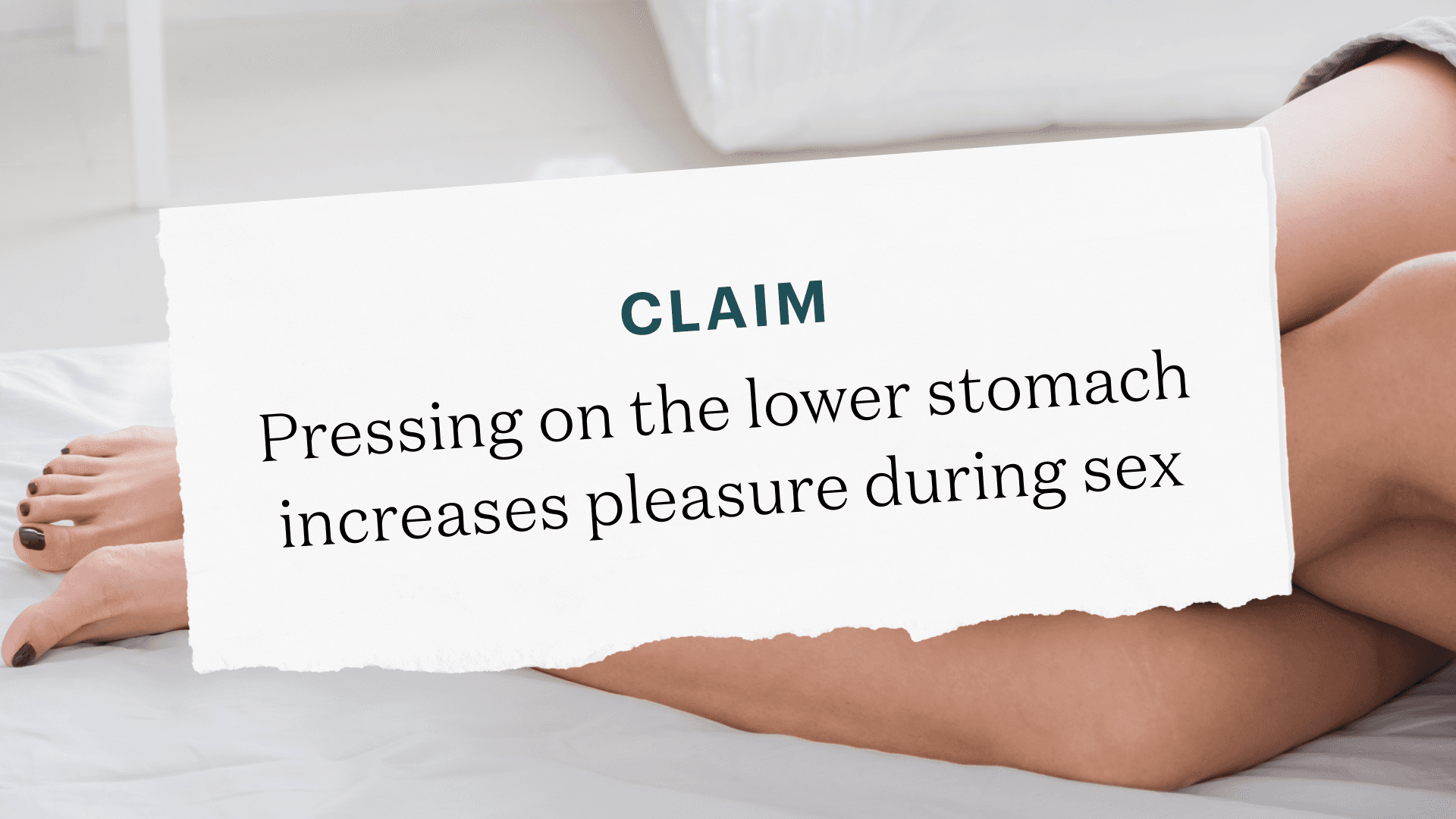People Are Warming to Marijuana, But How Does It Affect Your Health?

April 20, aka 420, is a global marijuana holiday. But you might've already known that considering nine in 10 Americans said pot should be legal in a recent Pew survey (a big jump since the ‘90s), and medical marijuana use has reportedly doubled over the last decade.
Why are more people open to it now?
One major reason: marijuana became associated with medicine. That’s according to Jacob Felson, an associate professor of sociology who’s researched changing attitudes around legalization. “When a majority of people were still opposed to marijuana legalization [recreationally], a great majority of them were also in favor of it as a medicine,” he says.
That, plus the growing realization that the "criminal justice system is too punitive" when it comes to marijuana sentences, had a big impact on the movement to legalize the drug while also changing how people viewed its users, Felson says. "So in the past, it was the quote-unquote 'stoned slacker,' and now it's kind of the aging boomer with pain," he says.
OK, got it. But how does marijuana affect our health?
Cannabis is difficult to study — in part because federal law limits research — but here’s what we know:
Studies suggest it may be an effective therapy for chronic pain and help people recover from alcohol use disorder and opioid addiction.
It’s been used as a treatment for managing chemotherapy-induced nausea, multiple sclerosis symptoms, sleep disorders, and PTSD.
It could potentially help with migraines, appetite loss, Parkinson’s tremors, and rheumatoid arthritis.
But note: Funding and methodological challenges have limited researchers’ ability to conduct high-quality research, so it's unclear how effective these treatments really are. Also, marijuana may not be 100% safe. For example, it can be addictive, and smoking can contribute to respiratory issues.
theSkimm
Today, there are 37 states where marijuana is legal for medicinal use and 21 states (plus DC) where it's been legalized for recreational, too. But while going green has become more mainstream, there’s still additional research needed to understand its true impact on our health.
And Also… This
What's a potential new use for mRNA vaccines...
Keeping skin cancer in remission.
If you’re considering Lasik…
Know that the risks are becoming clearer.
When there are more Black doctors in a community…
Black residents tend to live longer.
If you’re suffering from allergies…
You might want to rethink using hair gel.
What’s something nutrition experts can’t explain…
These studies that found ice cream may have health benefits. A surprising scoop.
Well, Actually

We’re here to fact-check health trends, wellness assumptions, and myths. So...
Does pushing on a woman’s lower stomach during sex, as this viral TikTok suggests, make it more pleasurable?
Well, actually, it could.
The answer comes down to your anatomy, according to Dr. Staci Tanouye, a board-certified gynecologist. “We know that things like a full bladder can enhance orgasm,” she says. Why? Because it puts pressure on the pelvic area and vagina — just like pushing on the lower stomach — and can activate the clitoral complex (a network of nerves that extends beyond the visible part of the clitoris and includes the so-called G-spot).
While “the majority of people are clitoris-responsive,” everyone is different, she says. What leads to pleasure can depend on various psychological and anatomical factors, from the location and sensitivity of nerve endings to how you slept last night. So, while some women may find this method helpful or enjoyable, others may not.
This content is for informational and educational purposes only. It does not constitute a medical opinion, medical advice, or diagnosis or treatment of any particular condition.
Subscribe to Skimm Well + Good
Sign up here to receive our wellness newsletter filled with actionable advice, expert-vetted content, product recs, and more — delivered directly to your inbox.
© 2012-2025 Everyday Health, Inc., a Ziff Davis company. All rights reserved. theSkimm is among the federally registered trademarks of Everyday Health, Inc., and may not be used by third parties without explicit permission
This site is protected by reCAPTCHA and the Google Privacy Policy and Terms of Service apply.